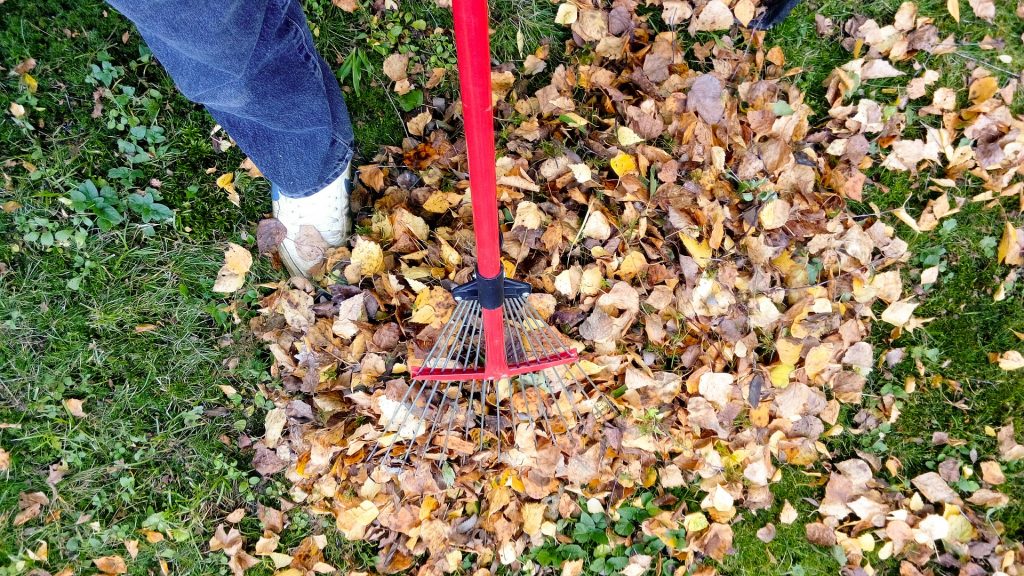
Fall might mean less time behind the lawn mower and fewer greens in the garden, but property owners shouldn’t pack away their work gloves just yet. Here are some tips to help homeowners prepare yards and gardens to weather winter and get off to a solid start next spring.
Start at the top
One of the first fall chores involves focusing your attention up rather than down. You should make sure your gutters are clear and working properly by pouring water into them once you clean out any leaves and other debris. A gutter’s goal is to divert water away from a home’s foundation. Water should also be directed away from driveways and walkways, where it can freeze and cause slick spots once temperatures drop.
Rake and recycle
Now it’s time to take care of all the leaves on your lawn. Raking can be a tedious task, but it’s important to clear fallen leaves since they can suffocate the lawn. At the same time, some leaf cover in gardens and plant beds can protect perennial roots and spring-blooming bulbs, which should be planted in the fall. While you’re in the garden, take time to pull up any plants with pest or disease issues. And be careful not to add these to your compost pile since you don’t want any problems proliferating there.
Do add those dry leaves to your compost pile, grinding them up or mowing over them to help them break down faster. A healthy compost pile or bin should include a balance of brown and green material, so combining fall leaves and grass clippings from your last go-around with the lawn mower provides an excellent start. Adding appropriate kitchen scraps, such as coffee grounds, egg shells, and vegetable peels, is also a great idea. These materials can take as long as a year to transform themselves into compost, but you can speed up the process by chopping them fine and turning the compost every few weeks during warmer weather. No matter what your approach, the wait is worth it. Compost not only adds nutrients to your soil, it keeps leaves and other organic matter out of landfills.
Trim up and tune up
When giving the lawn its last trim or two of the season, clip the grass as short as possible to discourage disease, rodents, and matting. And take the opportunity to give your hardworking lawn mower a little TLC. Clean the mower thoroughly and perform any other recommended maintenance before retiring it for the winter.
Give grass some air and food
Fall is also a good time to aerate and fertilize lawns. Aerating, maybe with a rented aerator, allows oxygen, water, and fertilizer to more easily reach grass roots. And fall fertilizing helps grass grow stronger stems and deeper roots since those parts of the plant keep growing quickly even in cool weather. Deep roots will also help grass store more nutrients to get a strong start in the spring. Many people opt to go with a professional when aerating their lawn.
Prep plant beds
In the garden and plant beds, trim perennials after the first frost and remove any slimy leaves, which can draw diseases and pests. Pull persistent weeds before giving the garden enough water to keep roots hydrated through the winter and adding a layer of compost to replenish soil with necessary nutrients. Finally, put down a layer of mulch when the weather gets a little colder. This should be done early enough to protect plants, but not so early as to provide easy accommodations to mice and other pests looking for shelter when temperatures first start to dip.
It can be tempting for homeowners to hibernate inside when fall frosts hit. But taking some simple steps now will get you and your lawn and garden ready to spring into action once warmer weather arrives.

Ed Smith says:
Hello Emma,
Thank you for your interest in being a contributing author at Universal Digest. This is a nice website. Welcome.